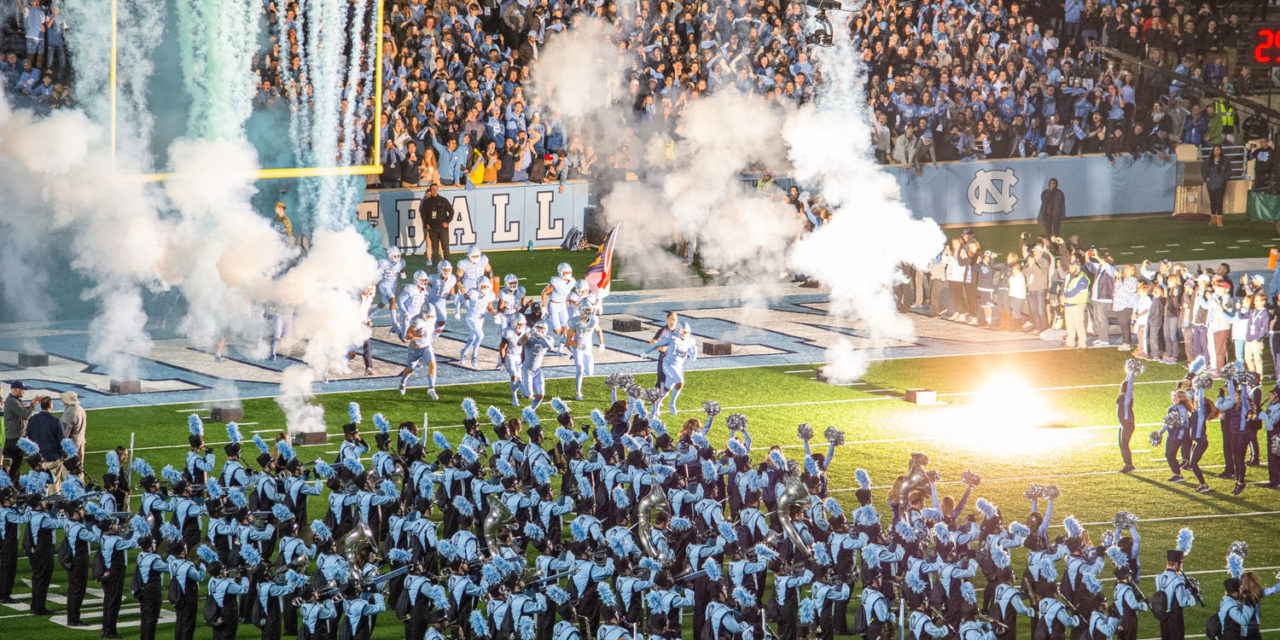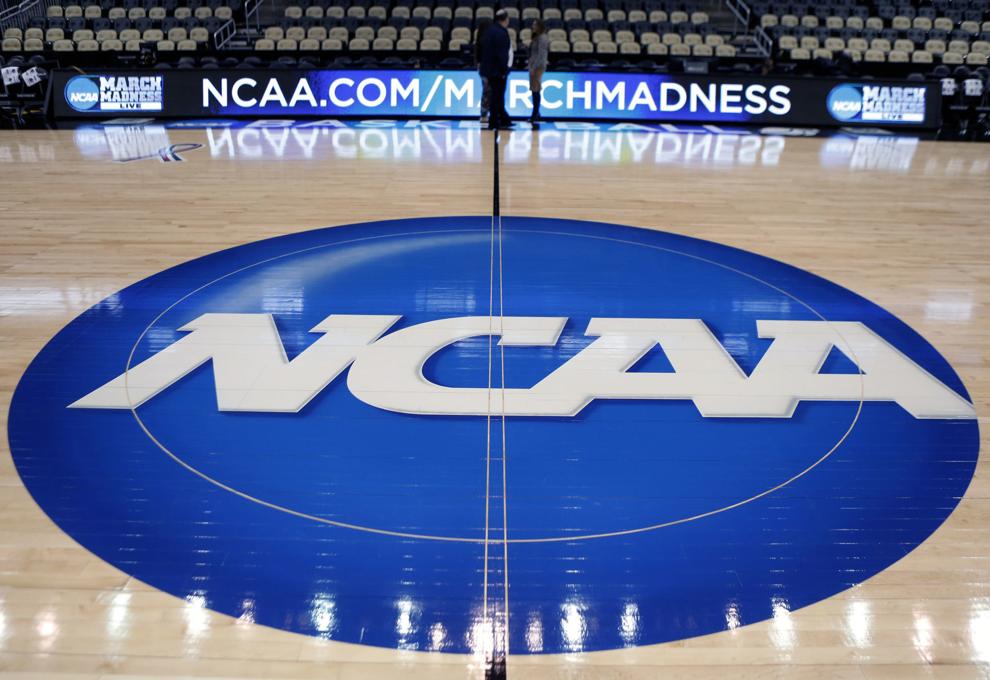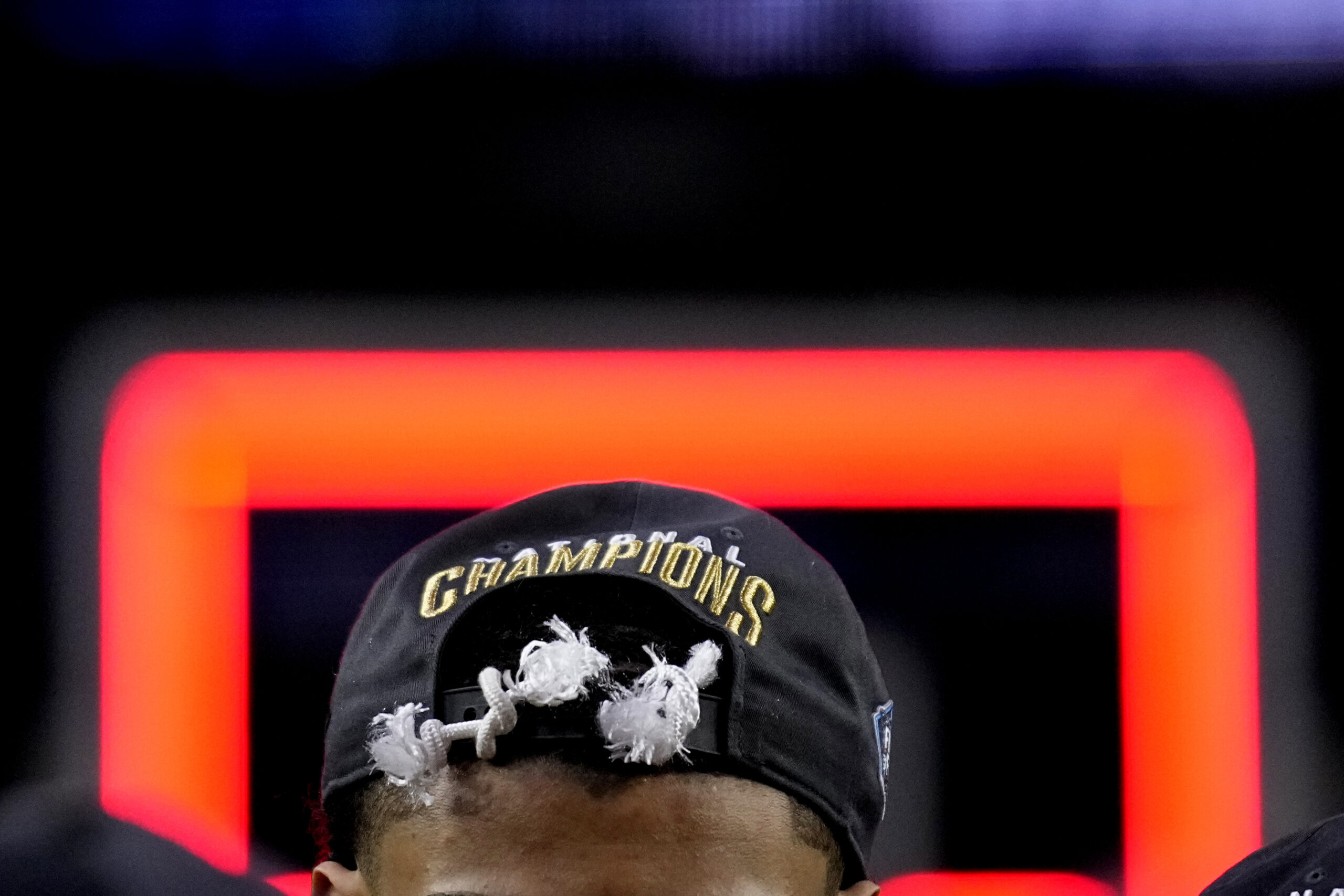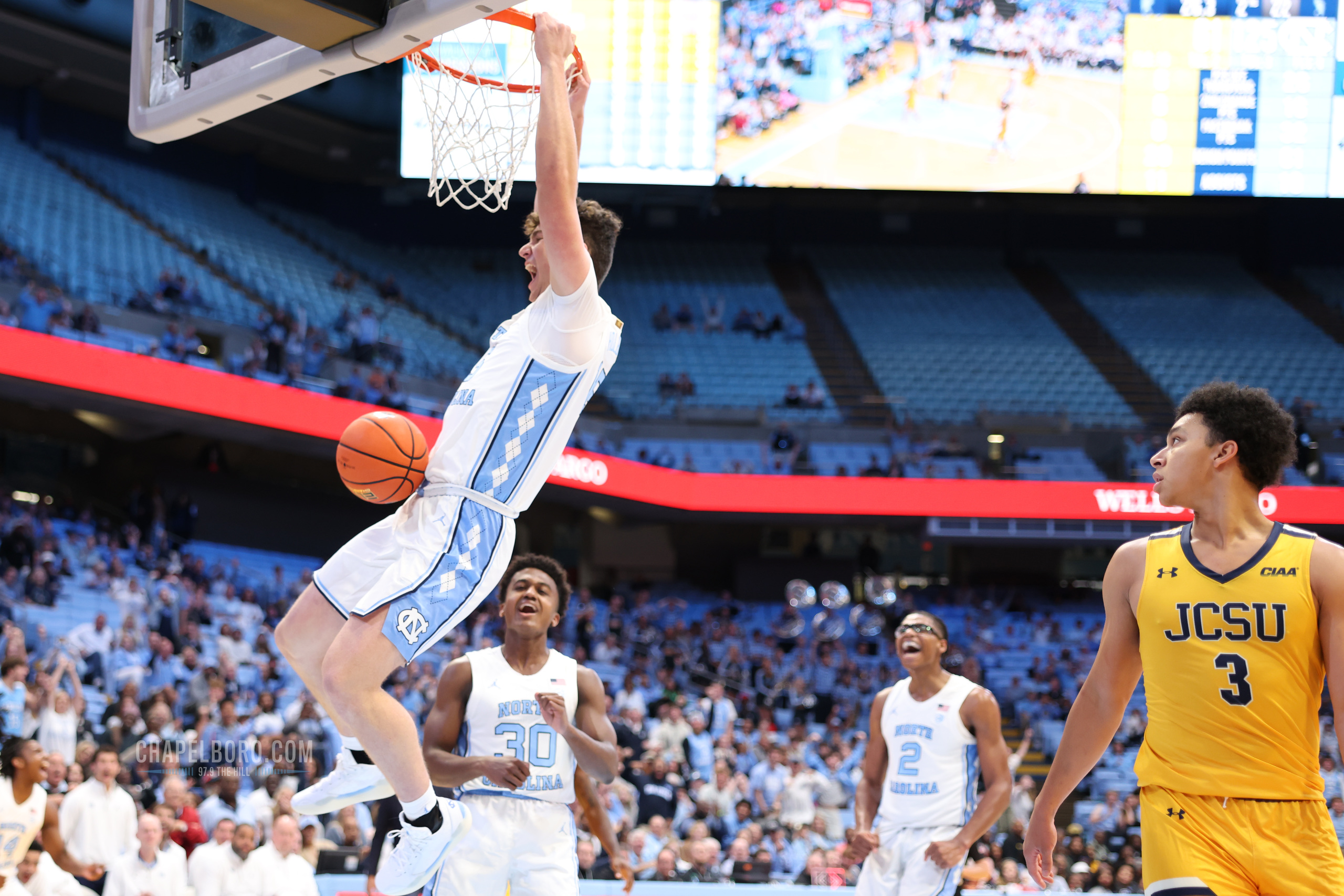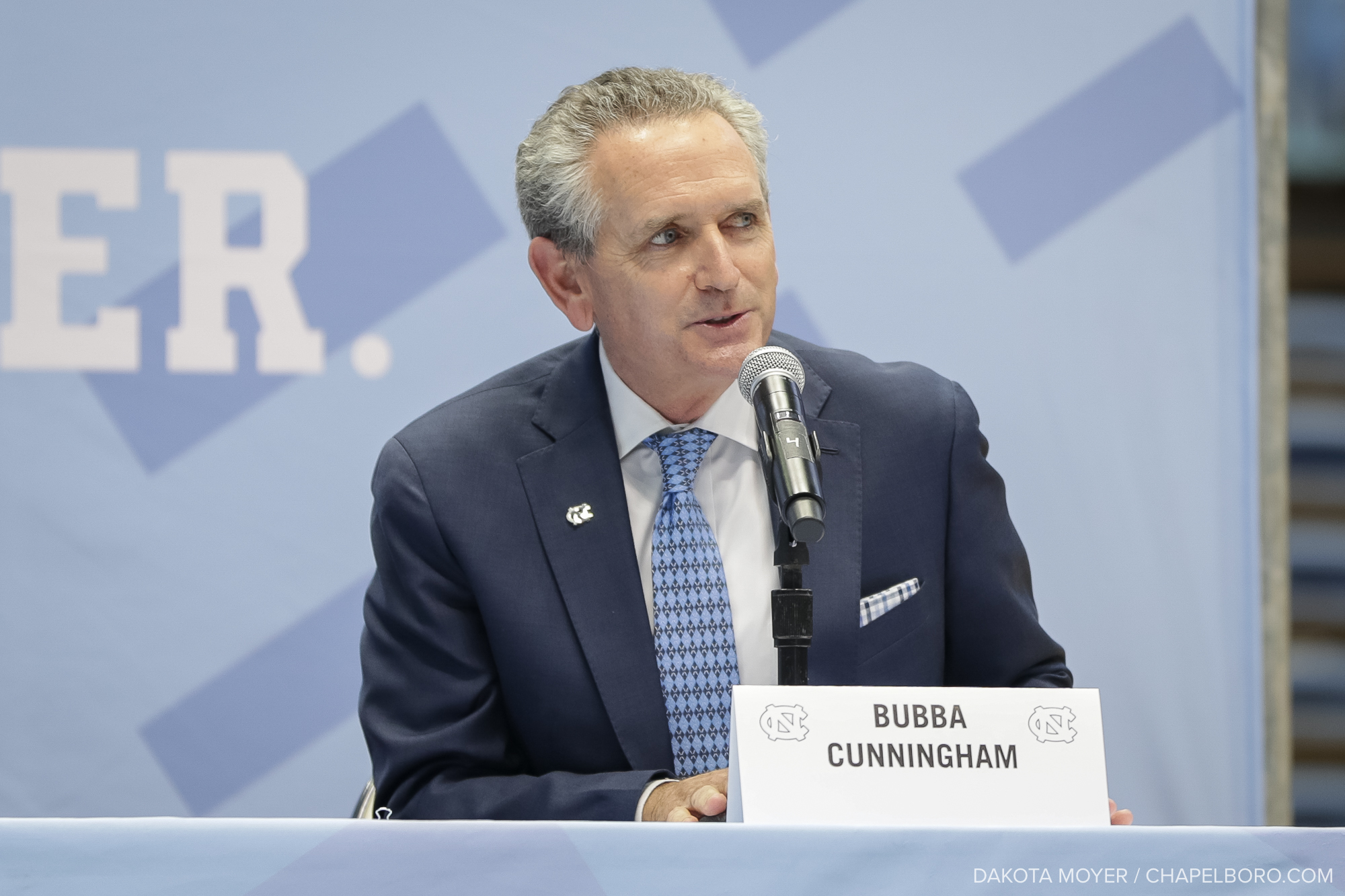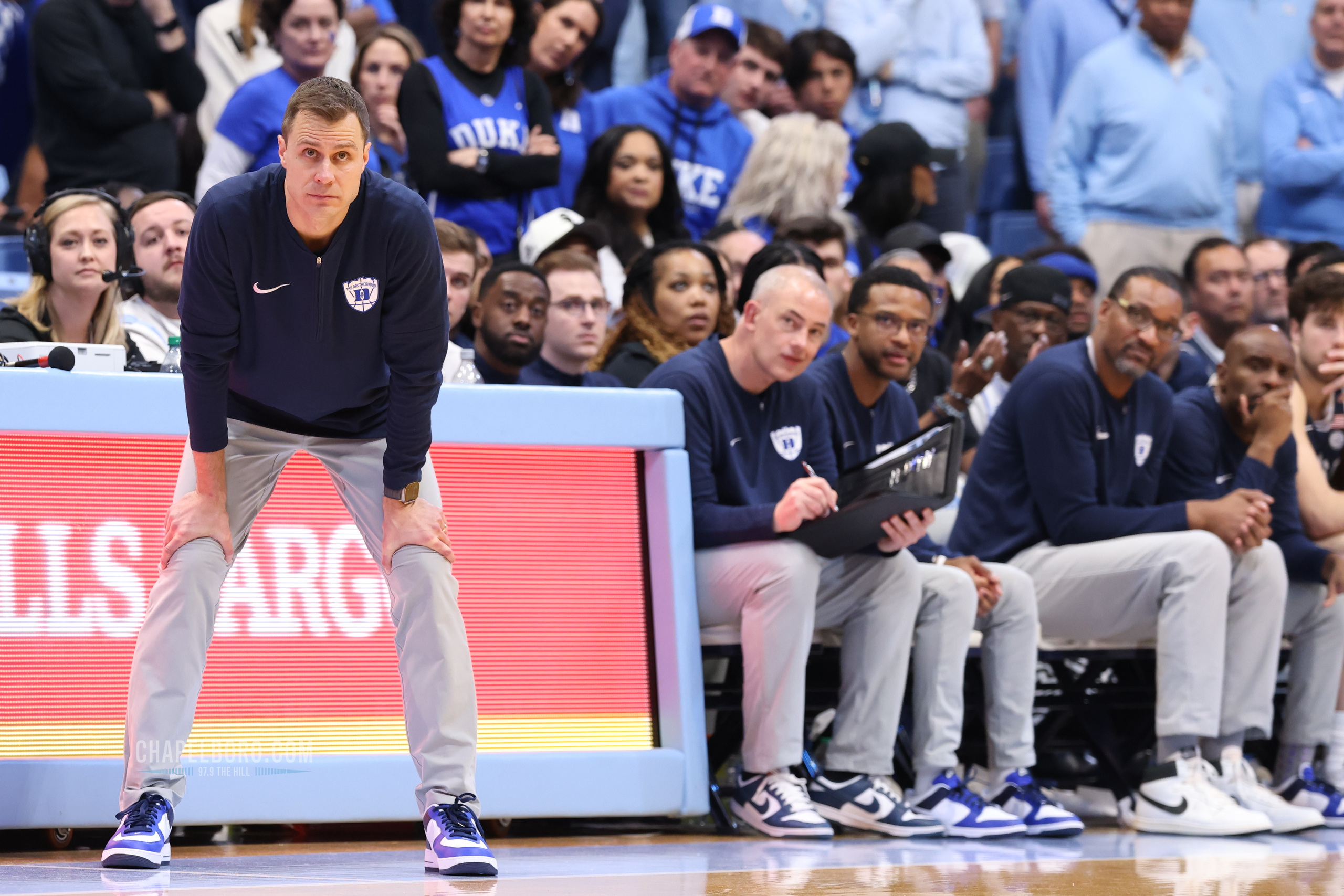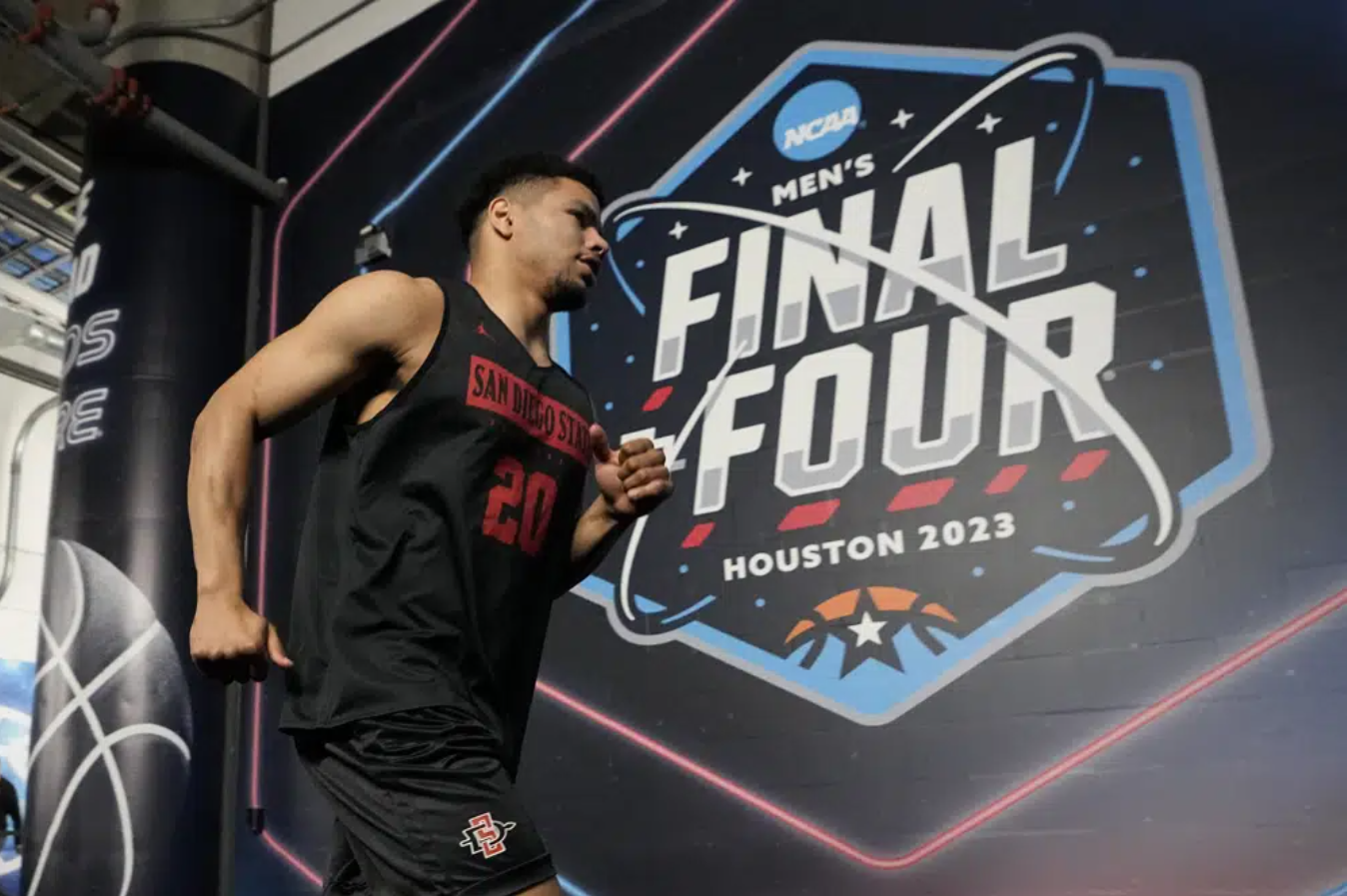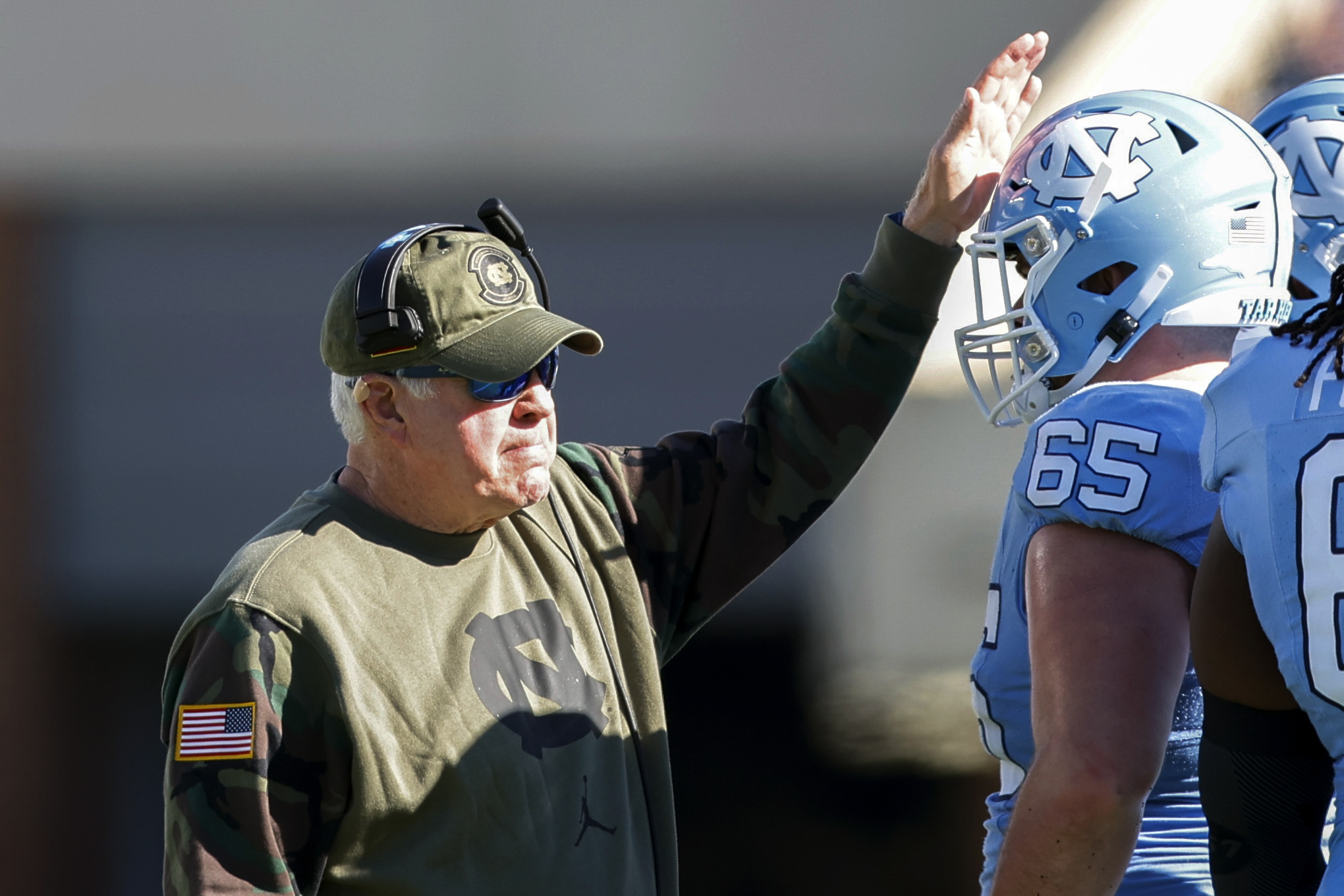Carolina’s annual athletic budget exceeds $100 million.
It is zero-based because UNC takes in as much as it spends on full scholarships, coaching salaries, recruiting expenses, operations and facilities, etc.
The revenues come from Rams Club donations, tickets sales, lucrative TV payouts and rights fees from Learfield/IMG, which sells sponsorships to local companies and major corporations like Blue Cross Blue Shield of North Carolina.
Until July 1 of this year, Tar Heel athletes could not get any of that intake because they were limited to athletic scholarships that cover room, board, books and tuition, plus some extra spending money called cost-of-attendance.
When the NCAA was backed into a corner by states passing legislation that allowed athletes to profit off their Name-Image-Likeness (NIL), and the Supreme Court challenged the so-called amateur code, things got kind of crazy.
The NIL Era was born.
Now, college athletes can make additional money, and where it comes from will likely make the rich get richer.
The Alabamas and Ohio States already have star players earning six- and seven-figures from companies willing to pay these burgeoning superstars to endorse a product or appear on TV wearing a logoed shirt.
In the past, it was transactional with no questions asked. Sponsors of athletic programs could only pay the schools or their rights holders (like Learfield/IMG).
Now, athletes can make money, too, and it begs this important question:
How can companies pay hundreds of thousands of dollars to UNC Athletics without paying anything to the athletes responsible for the success of the nationally and internationally known Tar Heel brand?
Isn’t it disingenuous and hypocritical to continue doing the former without including the latter? After all, the athletes make Carolina athletics great, right?
It’s a fine line because schools need all of that revenue to balance the budget. If any of it was peeled off to pay the athletes, their P&Ls may wind up in the red.
Take Nike, for example. As UNC’s biggest licensing partner, Nike not only provides millions of dollars’ worth of shoes, uniforms and apparel, it also makes a multi-million-dollar cash payment that helps boost the coaching incomes of Mack Brown, Hubert Davis and most of the other 25 varsity coaches.
If Nike decided to shift the cash portion of its investment in UNC to the athletes themselves, who wear the shoes and the Swoosh on TV, Carolina could lose a significant portion of its operational budget. And Nike long ago went away from most traditional advertising because college and pro athletes wearing their shoes sold more of them to adults and kids across the country. When The Jordan Brand became part of that mix, Tar Heel athletes were more identifiable than ever.
So, someday, Nike might get into the NIL business big time by saying to athletes with pro potential, “We can’t sign you to a shoe contract while you are still in college, but we can pay you to wear our shoes and apparel, which you are already doing. And if you get drafted by the NFL or NBA, then we can talk a bigger deal.”
It’s called leverage to eventually get them as major shoe endorsers.
For smaller businesses that can afford to also pay athletes, what should that look like? UNC would prefer that as many as possible make something for their NIL rights.
Mack Brown has said this from the beginning: “We’ve been looking really hard to find things that can benefit our entire team, because the Sam Howells of the world are going to make their deals and they’re going make their money. But the backup right guard; what can we do to help him? What can we do to share the money with all of our players? We feel like that is more beneficial to our team.”
Companies that make large sponsorship deals with UNC, we see their signs at packed stadiums and arenas and hear their ads on the school’s radio networks, plus they get sideline seats to cheer these athletes who make their teams great.
In the past, they could only spend six- and seven-figures to advertise their brand and products with athletic programs they think worthy their money. But, if so, shouldn’t they feel obligated to pay a little something to athletes who make their sponsorship so valuable?
Most of the athletes will figure out sooner or later that they are getting the short end of the stick. That’s why the talk of “unions” for college athletes always pops up.
Small business owners are usually fans of the local team, and if in retail they are likely to have made a ton of money over the years from football weekends, students shopping at their stores or eating in their restaurants or potential pro athletes needing get their cars fixed or maybe buy a new car someday soon.
Fans show up for games and cheer for their teams. Beyond those three hours, how many truly appreciate the blood, sweat and tears the athletes put in each week? They could also sponsor an athlete in some small way.
Once again, as always, it comes down to money. Why do I spend it here, but not there? How much “return in investment” do I get? Eventually, big companies that do not start putting a fraction of their sponsorship dollars into NIL deals to pay athletes something – anything – will be seen as unworthy corporate partners.
And the schools should start making it known that part of the commitment to their athletic departments should also include a small base payment to the athletes who start the whole thing when the games are kicked off, tipped off, or faced off.
“I don’t see the value of it.”
“I’m not interested in doing that.”
“It’s not in the budget.”
Those are some of the most common answers to the question. But the only true excuse from someone who gets business and/or pleasure from college athletics is, “I truly cannot afford it.”
And when you find out how small these deals are to pay a few bucks to some players on their favorite teams, “I can’t afford it” is really just an excuse.
Chapelboro.com does not charge subscription fees. You can support local journalism and our mission to serve the community. Contribute today – every single dollar matters.

